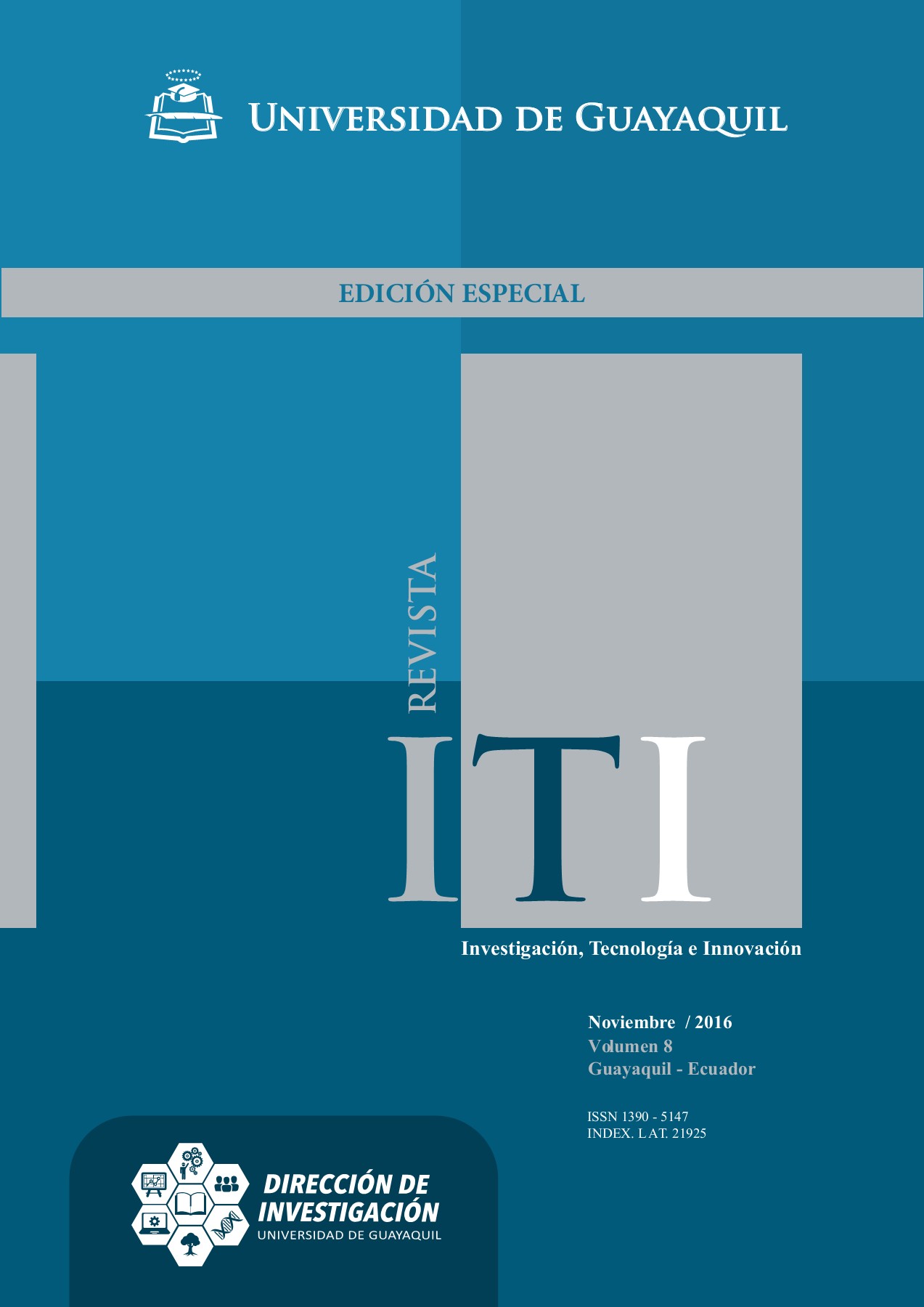Processes ict in teaching and learning in higher education
DOI:
https://doi.org/10.53591/iti.v8iEE.135Keywords:
Tics, teaching-learning process, researchAbstract
The objective of this research is to analyze ICT in the teaching-learning universities in achieving the challenges in the draft convergence of the different (European Higher Education Area -EEES-) national and international systems referred innovation in the forms of generation and transmission of knowledge and commitment to ongoing training throughout life. So, this paper presents a study on the assessment that teachers of universities make about the benefits of ICT use. The methodology used was bibliographical, documentary and descriptive techniques taking encueta signing that took to separate the theoretical nuclei that are the following Business History? ICT Use of ICT? And Challenges of ICT? .de changes for educational research. The authors conclude that the reality is that in this field there is still much to be done. In too many colleges and universities the information technology and communication will always be in steady growth in higher education.
References
(sj). Obtenido de http://www11.nesco org/new/es/11.nesco/ hemes/icts/
(sj). Obtenido de http://wwwmonografias.com/tmbajos47/tic educacion-s11.perior/tic-educacion s11.periorslitml
(sj). Obtenido de http://ed11.calics.blogspot.com/
Adelle. (1997). Preparando para un nuevo modo de conocer. Desenvolupament de capacitats, 69 - 86.
Bartolome. {1997). EDUTEC.
Benavides, & Pedr6. (sj). Estado de la mes/ion en los países Iberoamericanos.
Bosco. {1995). Las TIC en los procesos de convergencia europea y la innovación en la universidad. Aula Abierta, 3 - 27.
Cabero. (1994). Nuevas tecnologías, comunicación y educación.
Carlos Ferro Soto, A. I. (29 de Julio de 2009). EDUTEC. Recuperado el 4 de Febrero de 2016
Carneiro, R., Toscano, J. C., & Diaz, T. (2007). Los desafios de las TICS en el ambito educativo. Santillana.
Coello, M. d. (mayo de 2014). Creatividad y TICs: un reto en el aula.
Coll, & Marli. (2007). Evaluación continuada y apoyo al aprendizaje. Una experiencia de innovación educativa con el apoyo de las TIC en educacion superior. Revista Electrónica de Investigación Psicoeducativa, 783- 804.
Collins. ( 1998). El potencial de las tecnologías de la información para la educación.
Compostela, S. d. (noviembre de 2008). El Libro de Texto ante la.
Comps, R. (1995). Libro Blanco sobre la Educación y la Formación. Santillana.
Cuban. (2000). Diseño educativo para un aprendizaje constructivista. Diseño de la Instrucción. Teorías y modelos, 154 171.
Graells, D. P. (2012). IMPACTO DE LAS T C EN LA EDUCACIÓN: FUNCIONES Y LIMITACIONES. Informacion, C. S. (5 de 2003).
ISTE. (1992). Guidelines for Accreditation of Educatinal Computing and Technology Programs.
Neíra-, C. F.-A.-M. (julio de 2009). VENTAJAS DEL USO DE LAS TICs EN EL PROCESO DE ENSEÑANZAAPRENDIZAJE.
Ong. (1995). El limo de la sociedad de la información. Madrid: Santillana.
Pea, R. (2001). Prácticas de inteligencia distribuida y diseños para la educación. Buenos Aires: Saloman G.
Perez. C. (2002). Impacto de las nuevas tecnologías de la información y la comunicación en las Organizaciones Educativas.
Salinas. (2000). Nuevas Tecnologías de la lnformacion e investigacion.
Sculley, J. (1999). Qué se entiende por una institución de educación superior flexible. Poole, 167.
Talón, E.M. (sf). BUENAS PRACTICAS TICS.
TofJler, A. (1996).
Weisser. ( 1991). Las Tics como herramienta de trabajo de docentes universitarios.
Wolton. (2000). pág. 35.
Downloads
Published
Issue
Section
License
Copyright (c) 2016 Lenin Stalin Suasnabas Pacheco, Ivonne Nathaly Casilla Salazar, Alexandra Katiuska Rubira Carvache, Otto Vicente Campos Mancero

This work is licensed under a Creative Commons Attribution-NonCommercial-NoDerivatives 4.0 International License.






